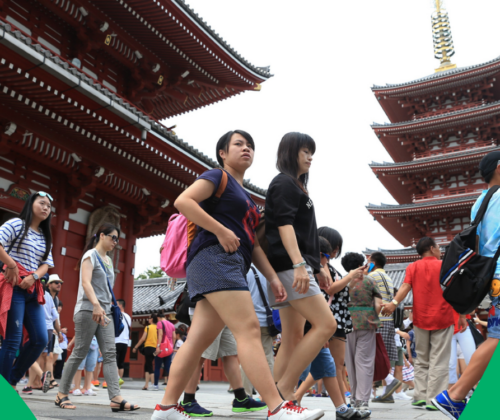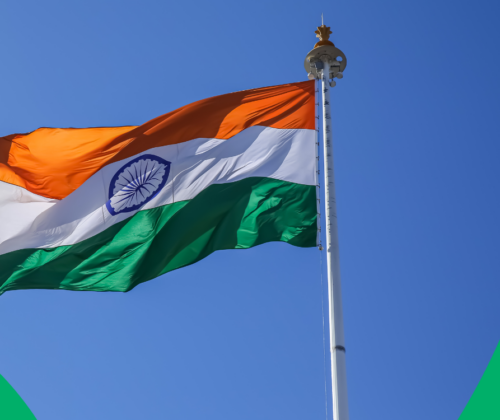Recently, The Outbox Company released the Vietnamese Travel Behavior report to learn about travel preferences and behaviors during Tet 2022. Data from the report shows that even though the pandemic has impacted on finance of Vietnamese households, Vietnamese travelers are willing to spend more when they can travel again, due to the pent-up travel demand during the pandemic.
According to the report, about 55% of surveyed travelers said that they spent for the trip significantly more than they did before the pandemic in 2019. 19% had the same budget as the 2019 budget and about 26% has a significantly less budget than in 2019.
For low-income households, the average spending was about 13.5 million VND. In this segment, the households spent less than they did in 2019 mainly because they were concerned about their finance (about 37%). The proportions of the remaining reasons for spending less were quite equivalent, such as taking a shorter trip (about 22%), saving for future international trips (20.5%), and adjusting trips due to health concerns (20.5%).
Meanwhile, low-income households spent more than they did in 2019 mostly because they invested in experiences (56.3%). 12.7% had a bigger budget than before the pandemic because they accumulated more and 30% spent more on the family’s need for space/comfort.

Vietnamese travelers are willing to invest more in experiences. Source: Freepik
Middle-income households also have similar spending motivations as low-income households. They spent more than they did in 2019 because 48% want to spend more on experiences, 37% want their family to be more comfortable, and 10.7% accumulated more. A small percentage (4.1%) spent more leveraging WFH policies.
The main reason why middle-income households spent less than before the pandemic is still because of concerns about finance (38%), or taking a shorter trip (26,7%). The average spending for a Tet vacation of middle-income households was about 17.5 million VND, not much different from low-income households.
However, the average spending of high-income households was significantly different, with about 32.3 million VND, nearly double that of middle-income households. The reason why high-income households spent more than before the pandemic was still mainly for experiences (46.7%) or family need for space/comfort (34.3%).

Source: The Vietnamese Travel Behavior Tet 2022 report, The Outbox Company
Different from the two lower-income segments, high-income households spent less than they did in 2019 mainly because they took a shorter trip (31.7%). Only about 23.3% spent less because of concerns about finance, 23.3% saved for future international trips.
It can be seen that Vietnamese travelers’ perception of traveling again during Tet mainly focused on experiencing and relaxing after the stressful pandemic period, which is also the main motivation for them to spend more than before the pandemic.
This also contributes to influencing travelers’ choice of accommodation and experience. The Outbox Company’s report shows that the majority of travelers prioritized mid-range accommodation or above for their trip, with 30% of travelers staying at 3-star hotels. 22% of travelers chose to stay at 4-5-star hotels, and 16% stayed at resorts.

Source: The Vietnamese Travel Behavior Tet 2022 report, The Outbox Company
The tendency to spend more on experiences is also explained by travelers’ preference for cultural activities, as nearly 35% of travelers chose to explore local food, and markets; about 32% visited tourist attractions and 25% participated in entertainment.
With 9.6 million domestic trips recorded, the Tet 2022 is a vibrant time for Vietnam’s tourism industry after nearly two years halted because of the pandemic. The behavior of spending more when traveling again, as well as valuing the in-destination experiences during the Tet holiday is a positive sign for Vietnam’s tourism industry and creates opportunities for tourism businesses to anticipate and meet the travelers’ new demands.
Destination Review



